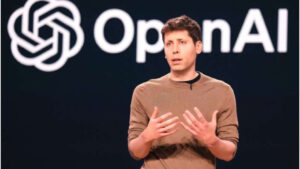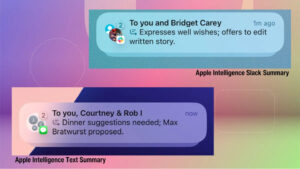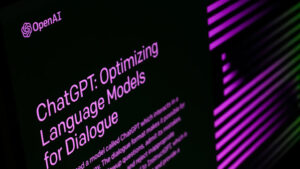Technology
AI experts, including those at Google, respond to OpenAI’s new search feature
PUBLISHED FRI, NOV 1 2024 7:46am EDT

The AI community is buzzing after OpenAI’s announcement of a new search feature directly integrated into its ChatGPT interface, initially for paid users. The news, shared with OpenAI’s 3.7 million followers on X (formerly Twitter), garnered nearly 2 million views within hours.
How OpenAI’s New Search Feature Works
OpenAI’s blog post explains that the new upgrade combines real-time web search with natural language understanding. ChatGPT’s AI will decide when to incorporate search based on the query, but users can also initiate a search manually by clicking the “globe” icon. Access will be gradually rolled out, starting with ChatGPT Plus and Team users, followed by Enterprise, Edu users, and eventually all Free users in the coming months.
The real-time search results offer responses with links, citations, and images to improve accuracy and reduce instances of AI-generated inaccuracies. OpenAI’s partnerships with media outlets like the Associated Press, Reuters, and others help fuel these search results, pulling from news sites, social media, and other licensed content.
Experts’ Reactions
AI experts like Conor Grennan, Chief AI Architect at NYU Stern and founder of AI consultancy AI Mindset, commend the new search feature. Grennan noted that ChatGPT’s search leverages a natural language answer style similar to Perplexity’s and said it outpaces Google in some ways. He appreciates ChatGPT’s ability to cite sources, describing it as a glimpse into ChatGPT’s thought process.
Sabrina Ramonov, an AI entrepreneur, was impressed by the cited sources within ChatGPT’s responses, though she prefers Perplexity’s ability to refine searches to specific types of content, such as social media or videos. While both Grennan and Ramonov noted advantages to ChatGPT’s approach, they agreed Perplexity’s interface currently provides a smoother experience.
Why OpenAI Launched the Search Feature
Experts have different theories on OpenAI’s motivations. Ramonov believes OpenAI aims to address challenges like “hallucinations” (incorrect outputs) and “black-box” issues (lack of transparency) by providing sources within responses, allowing users to verify information. Grennan sees it as a strategic step for OpenAI’s growth, as nearly everyone uses internet search tools, but only a smaller segment of the population regularly uses large language models (LLMs) like ChatGPT.
Tech
Advertise With Us
BVD Newsletters
Sign up for free newsletters and get more BVD delivered to your inbox
Get this delivered to your inbox, and more info about our products and services.
© 2024 BVD LLC. All Rights Reserved.
Data is a real-time snapshot *Data is delayed at least 15 minutes. Global Business and Financial News, Stock Quotes, and Market Data and Analysis.
Market Data Terms of Use and Disclaimers
Data also provided by REFINITY











